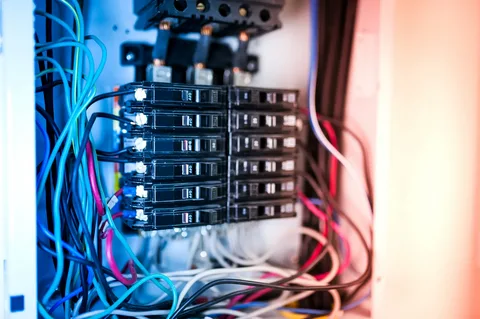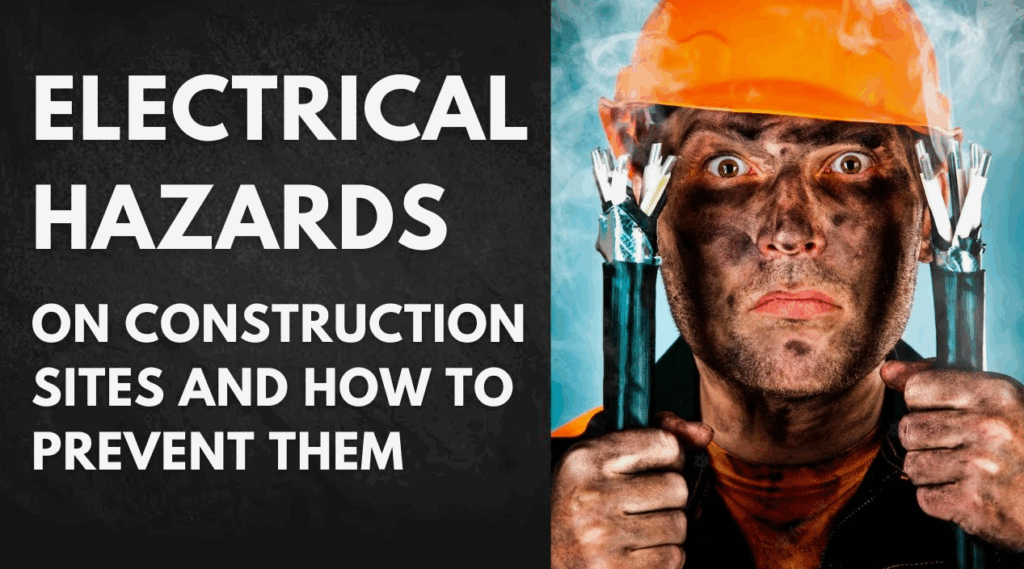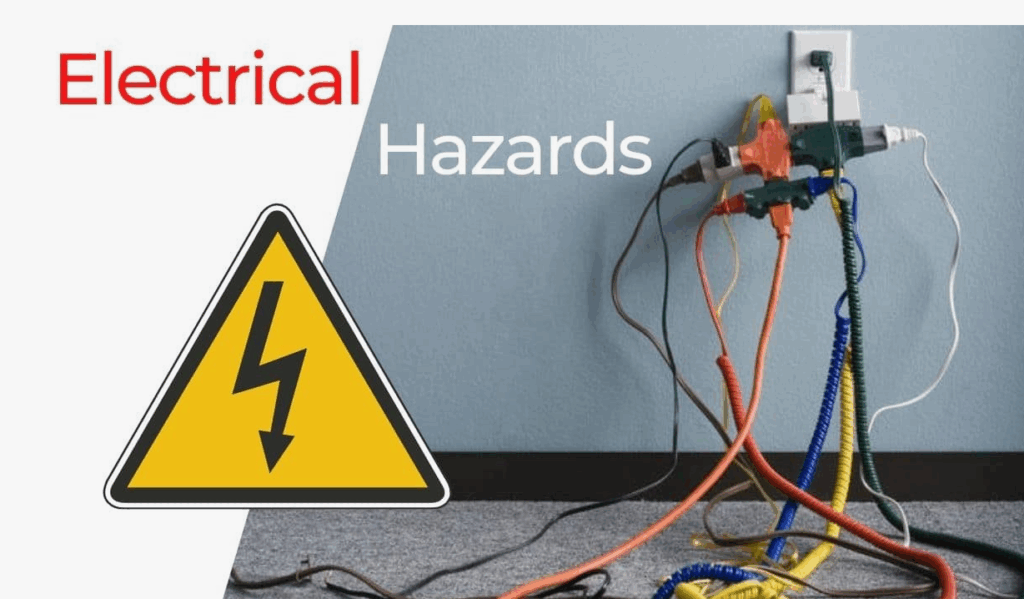Your home communicates with you in subtle ways, and one of the most important signals it sends is through its electrical system. Flickering lights and tripped breakers are not just everyday inconveniences; they are warning signs of deeper electrical problems that may put your home and family at risk. If left unchecked, these issues can escalate into costly repairs, damaged appliances, or even dangerous fire hazards. Understanding these signs and their underlying causes is the first step toward ensuring your household’s safety.
Why Flickering Lights and Tripped Breakers Shouldn’t Be Ignored
When your system starts showing irregularities like lights dimming or breakers shutting down, it’s not random. These are your home’s early warning signals, and acknowledging them could save you from major risks.
Here is why you shouldn’t ignore these warning signs:
-
Small issues that hint at bigger electrical problems
A light that flickers once may feel like a small glitch, but if it continues, it often points to loose wiring or unstable connections. These minor issues can silently grow into larger hazards, making timely attention essential.
-
Electrical malfunctions pose fire risks.
Faulty wiring and overloaded circuits are among the leading causes of residential fires. Every breaker trip is actually a safety mechanism trying to stop overheating. Ignoring these signs removes the protective shield your electrical system provides.
-
Warning signs protect your home and family.
Think of flickering lights and tripped breakers as your home’s built-in alarm system. They are meant to alert you before problems spiral into something unmanageable. Recognizing and responding to these alerts is part of protecting your family’s well-being.
-
The hidden costs of neglecting early symptoms
Neglecting small electrical issues often leads to bigger expenses later. Damaged appliances, rising electricity bills, and eventual rewiring costs can drain your budget if early warning signs are dismissed.
Common Causes and Practical Solutions for Electrical Warning Signs
Now that we’ve explored why these warning signs matter, let’s turn to the possible causes behind them. Electrical issues can arise from many sources, some minor and some severe. Identifying the root cause allows you to apply the right solution.:
Here are the most common causes and solutions of electrical warning signs:
-
Loose or damaged wiring inside walls
When connections inside walls weaken or wires become frayed, power flow becomes inconsistent, causing flickers. This is not just inconvenient it’s one of the most common sources of electrical fires. Immediate repair by a licensed electrician is necessary.
-
Overloaded circuits from too many appliances
If you plug multiple high-powered appliances into the same circuit, the breaker will trip to prevent overheating. Distributing appliances across different outlets or upgrading to higher-capacity circuits is a safe solution.
-
Short circuits that trigger breakers
A short circuit happens when a hot wire touches a neutral or ground wire, creating a sudden surge. Breakers trip instantly to cut off power. Frequent short circuits indicate deeper wiring problems that cannot be ignored.
-
Ground faults and their protective role
Ground faults occur when electricity takes an unintended path to the ground, often through moisture. Breakers, particularly GFCIs, trip to protect you from shocks. If ground faults happen often, the source must be identified quickly.
-
Old electrical panels that can’t handle modern loads
Homes built decades ago were not designed to handle today’s heavy electrical demands. Outdated panels may struggle, causing constant breaker trips. Upgrading your electrical panel ensures your home can safely power modern appliances.
-
DIY safety checks homeowners can perform
While not everything should be handled alone, homeowners can start by checking if bulbs are tightly screwed in, unplugging unnecessary devices, and avoiding overloaded outlets. These simple checks can solve minor issues.
-
Why resetting breakers the right way matters
A breaker should always be turned fully off before being switched back on. This ensures the system resets properly. If the breaker trips again immediately, it’s a sign that the problem needs professional attention.
-
Regular inspections to avoid major hazards
Just as cars need servicing, electrical systems require routine checks. Professional inspections every few years catch problems early and extend the life of your wiring and appliances.
-
When it’s time to call a licensed electrician
If your lights flicker across multiple rooms, breakers keep tripping for no clear reason, or you notice sparks or burning smells, the issue is beyond DIY fixes. Professional electricians have the tools and expertise to restore safety.
Conclusion
Flickering lights and tripped breakers are more than minor household inconveniences they are warnings. By treating them as signals rather than dismissing them, you can prevent hazards, protect your home, and avoid financial losses.
While small checks can be done at home, major issues should always be handled by professionals. Remember, when it comes to electricity, caution today means safety tomorrow. For better protection, consider upgrading with modern electric solutions.
FAQs
How often should I have my electrical system inspected?
Experts recommend every 3–5 years, though older homes may require more frequent checks.
Can I reset a tripped breaker myself?
Yes, but it must be done properly. Turn it fully off before switching it back on. If it continues to trip, call an electrician.
What’s the most urgent sign of an electrical hazard?
Burning smells, sparks, or warm outlets are critical warning signs. These demand immediate professional attention to prevent fire risks.



